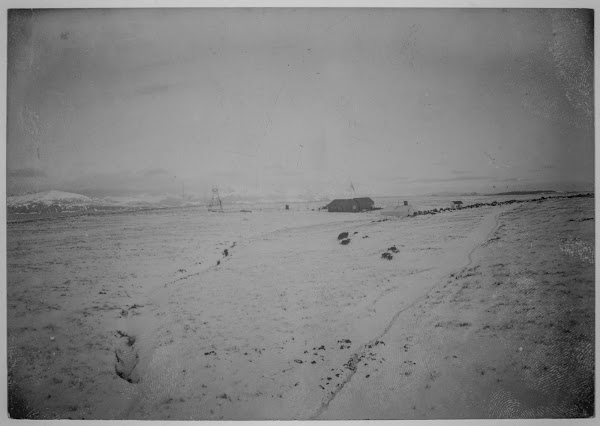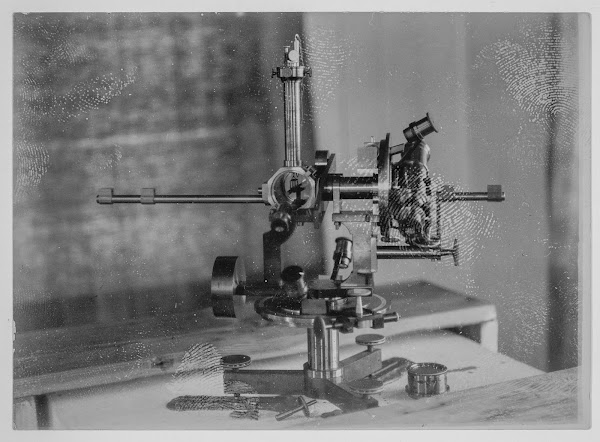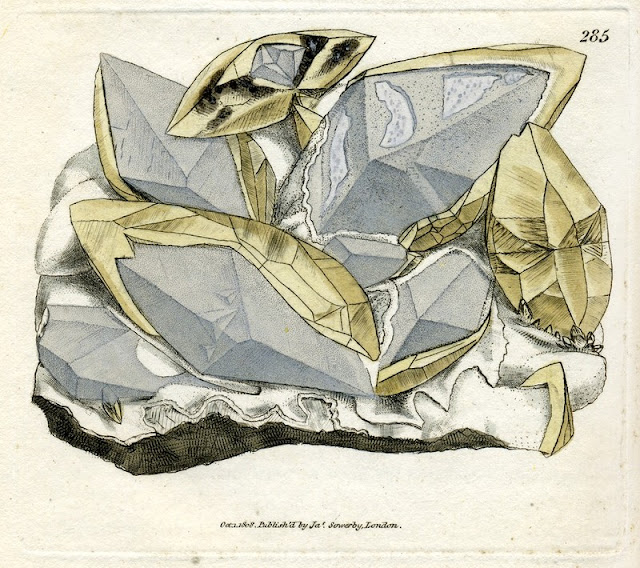 |
| E B Bailey doing fieldwork (P225785) |
E B Bailey was born on 1 July 1881 at Marden, Kent. In 1902 he graduated with first-class honours in geology and physics from Clare College, Cambridge. In the same year he joined the Geological Survey of Great Britain and worked in Scotland.
In 1915 Bailey joined the Royal Garrison Artillery as a subaltern. He was wounded on the Somme in September 1916 and near Ypres in 1918. These wounds resulted in the loss of an eye and a permanently damaged left arm. Bailey was awarded the Military Cross, the Croix de Guerre and was made a Chevalier of the Légion d'honneur. In spite of his injuries he later wrote in Geological Survey of Great Britain (1952) "The 1914 War was a comparatively happy one for juniors on the staff..."
In 1919 Bailey became District Geologist for the West Highlands and Islands. He resigned from the Geological Survey in 1929 and took up the post of Professor of Geology at the University of Glasgow. In 1937 Bailey was appointed Director of the Geological Survey after the premature death of Bernard Smith.
 |
| Bailey in Russia, 1937 (P008691) |
 |
| Bailey in the Home Guard, 1944
(GSM/DR/Sb/7/5)
|
During the Second World War Bailey joined the Home Guard along with several other Survey staff. He recorded in Geological Survey of Great Britain that on one occasion "...I had been temporarily buried by a V1 or Doodlebug".
Bailey was Knighted in 1945 and in April of that year retired as Director of the Survey. He continued to be active in the field of geology until shortly before his death on 19 March 1965.
A G MacGregor in an obituary in the Geological Society of America Bulletin described Bailey as "a very great geological leader and investigator". Rather more irreverently he was described in Down to Earth: One Hundred and Fifty Years of the British Geological Survey (1985) as "perhaps the most eccentric Director of them all".
You can find out more about the Geological Survey and the First World War in the paper "Some aspects of the British Geological Survey’s contribution to the war effort at the Western Front, 1914–1918" by D G Bate and A L Morrison. This can be downloaded here
Andrew L Morrison
A G MacGregor in an obituary in the Geological Society of America Bulletin described Bailey as "a very great geological leader and investigator". Rather more irreverently he was described in Down to Earth: One Hundred and Fifty Years of the British Geological Survey (1985) as "perhaps the most eccentric Director of them all".
You can find out more about the Geological Survey and the First World War in the paper "Some aspects of the British Geological Survey’s contribution to the war effort at the Western Front, 1914–1918" by D G Bate and A L Morrison. This can be downloaded here
Andrew L Morrison







































